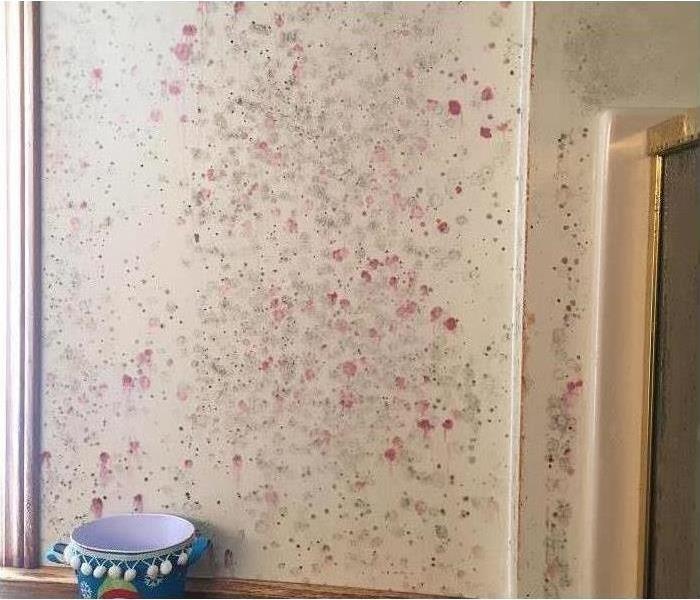A Brief Guide to Various Types of Household Mold
8/29/2022 (Permalink)
Mold growth comes in many forms. No matter what kind you have, it needs to be removed by mold renovation specialists. Here's a look at some different types of molds you might encounter in Cambrian Park, CA.
Mold Classifications
Harmful molds fall into three categories:
- Allergenic
- Pathogenic
- Toxigenic
Each of these classes is characterized by a unique set of negative effects. In every case, you must act with haste to prevent mold's spread.
Mold Types
Scientists recognize a dozen types of mold. An awareness of them should make dealing with your specific situation easier. Some common ones are below.
Acremonium is a toxigenic type of mold growth with an appearance that evolves over time. It begins as a small, moist fungus and slowly transforms into a powdery mess. It typically appears in areas with condensation.
Chaetomium is a form of mold often found in homes where there has been water damage. It features a cottony texture and is accompanied by a distinct odor. Over time, its color changes from white to grey, then to brown, and finally black.
Cladosporium appears in areas with both high humidity and cold conditions. This fungus often feeds on carpets and upholstery. You may find it under floorboards or in cupboards.
Aspergillus is extremely common. Another allergenic, aspergillus comes in many colors. Its spores connect into long chains that build thick layers.
Fusarium is both toxigenic and allergenic. Sometimes found growing on food, it's able to thrive in frigid temperatures. Colors range from white to pink and a variety of reds. This type of mold can spread particularly fast.
Mucor blossoms in thick patches. It can often be found near air conditioning systems where condensation is present. It is able to be easily identified by its distinctive greyish or white color.
No type of mold growth can be eliminated without the right attention. Knowing the exact type of mold you have is bound to prove helpful.






 24/7 Emergency Service
24/7 Emergency Service
